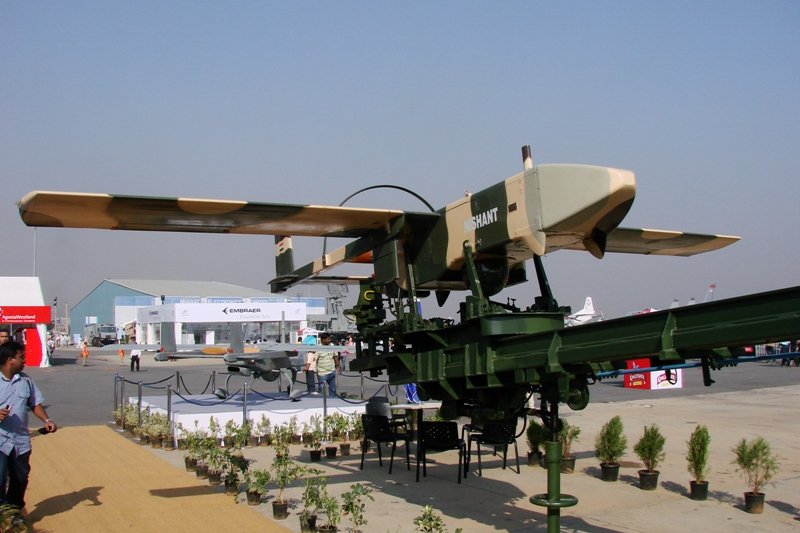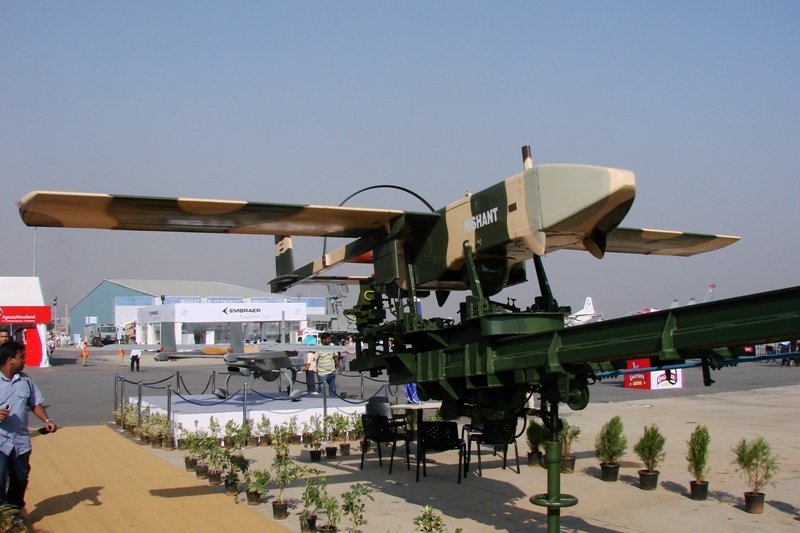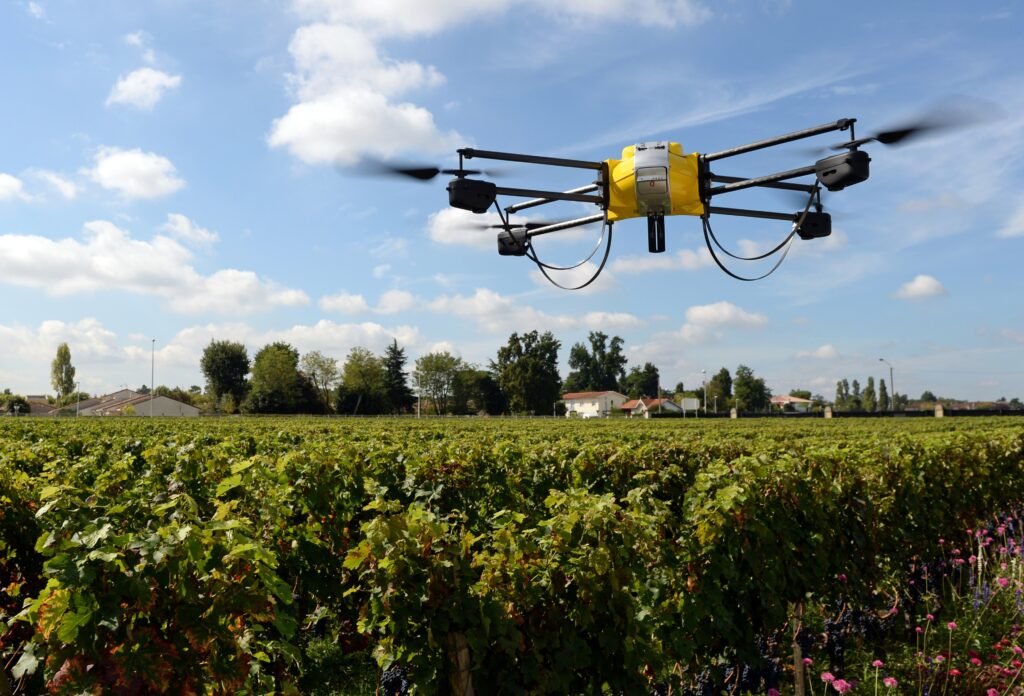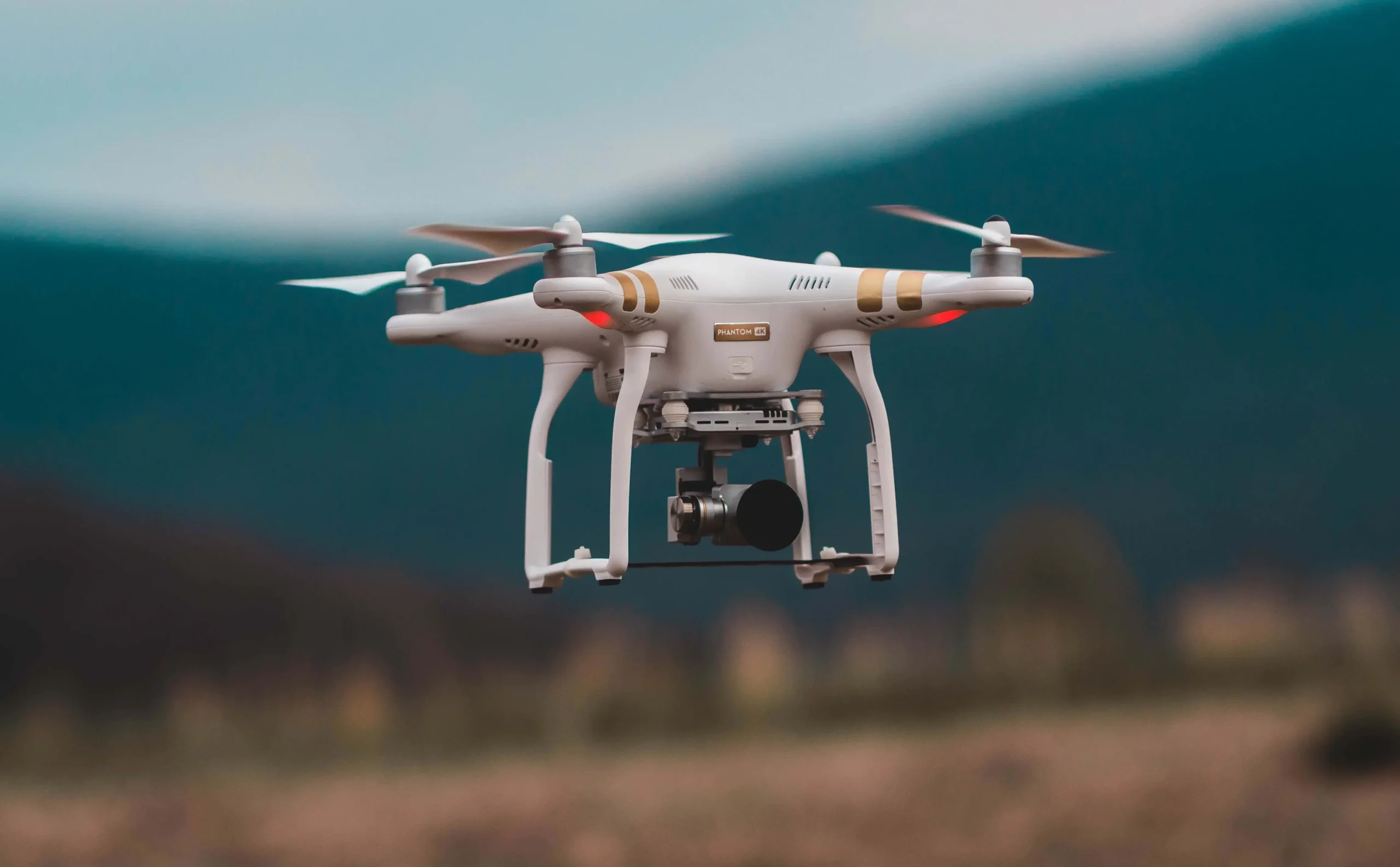Introduction
India, a nation renowned for its rich cultural heritage and technological prowess, has emerged as a prominent player in the field of drone technology. With significant advancements in unmanned aerial vehicles (UAVs) and related technologies such as LIDAR (Light Detection and Ranging), India’s position in the global drone industry has strengthened considerably.
This article explores the comprehensive journey of India’s drone technology, from its humble beginnings to its current status as a leader in the field.
Historical Development
India’s exploration of drone technology can be traced back to the early 1990s when defense and research organizations in the country began exploring the potential applications of UAVs. The Defense Research and Development Organization (DRDO) played a pivotal role in spearheading the development of indigenous drone technology. Initially, the focus was primarily on military applications, including reconnaissance, surveillance, and target acquisition.
India’s first indigenous UAV, the Nishant, was developed by the Aeronautical Development Establishment, a part of DRDO. It was designed for battlefield surveillance and intelligence gathering. The Nishant showcased India’s capabilities in drone technology and paved the way for further advancements in the field.

Evolution of Drone Technology
Over the years, India witnessed a remarkable evolution in drone technology, both in terms of capabilities and applications. The government and private sector have actively invested in research and development, leading to significant advancements. Several Indian startups and research institutions have contributed to the growth of the drone ecosystem by developing cutting-edge technologies, including autonomous flight, advanced sensors, and efficient propulsion systems.
One notable milestone in India’s drone technology evolution is the development of autonomous drones. These drones are equipped with artificial intelligence (AI) and machine learning algorithms, enabling them to navigate and perform tasks independently. Autonomy has expanded the range of applications for drones, allowing them to be deployed in complex environments and perform tasks with greater efficiency and accuracy.
Furthermore, advancements in sensors and payloads have enhanced the capabilities of drones. High-resolution cameras, thermal imaging sensors, LiDAR systems, and multispectral sensors enable drones to capture detailed aerial imagery, detect heat signatures, perform terrain mapping, and monitor environmental conditions. These advancements have expanded the applications of drones across various sectors.

Current Status and Applications
India’s current position in drone technology is a testament to its progress and innovation. The country has established a robust regulatory framework, enabling the widespread adoption of drones across various sectors. The Directorate General of Civil Aviation (DGCA) has formulated regulations and guidelines for the safe and responsible operation of drones.
Drones are now employed in diverse applications across India. In the agriculture sector, drones are used for crop monitoring, pesticide spraying, and yield estimation. Farmers can obtain real-time data on crop health, identify areas requiring attention, and optimize resource allocation. This technology has the potential to revolutionize farming practices, improve productivity, and reduce environmental impact.
The infrastructure sector leverages drones for mapping, surveying, and inspection of bridges, highways, and buildings. Drones equipped with LiDAR systems can quickly generate highly accurate 3D maps of construction sites, monitor progress, and detect structural anomalies. This enables faster and more efficient infrastructure development and maintenance.
In disaster management, drones play a crucial role in search and rescue operations, damage assessment, and delivering essential supplies to remote areas. Drones can rapidly survey disaster-affected regions, identify survivors or trapped individuals, and provide situational awareness to aid response efforts. The ability to access hard-to-reach areas and gather critical information in real-time significantly enhances disaster response capabilities.
Furthermore, India has witnessed the emergence of drone delivery services, with companies experimenting with autonomous drones to transport goods swiftly and efficiently. E-commerce and logistics companies are exploring the use of drones for last-mile delivery, enabling faster and more cost-effective delivery options.

Conclusion
India’s journey in drone technology has been marked by continuous innovation and remarkable growth. From the early adoption of UAVs for military applications to the widespread integration of drones in diverse sectors, India has cemented its position as a global leader in this field. With a strong emphasis on research and development, robust regulatory frameworks, and a thriving startup ecosystem, India is poised to further accelerate its advancements in drone technology, contributing to a safer, more efficient, and technologically-driven future.
The evolution of LIDAR technology has been a crucial component in expanding the capabilities of drones and opening up new possibilities for applications across various industries. As India continues to invest in research and development, it is well-positioned to drive innovation and shape the future of drone technology on a global scale.




